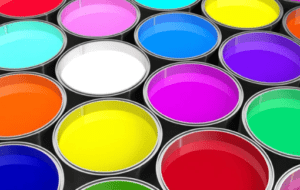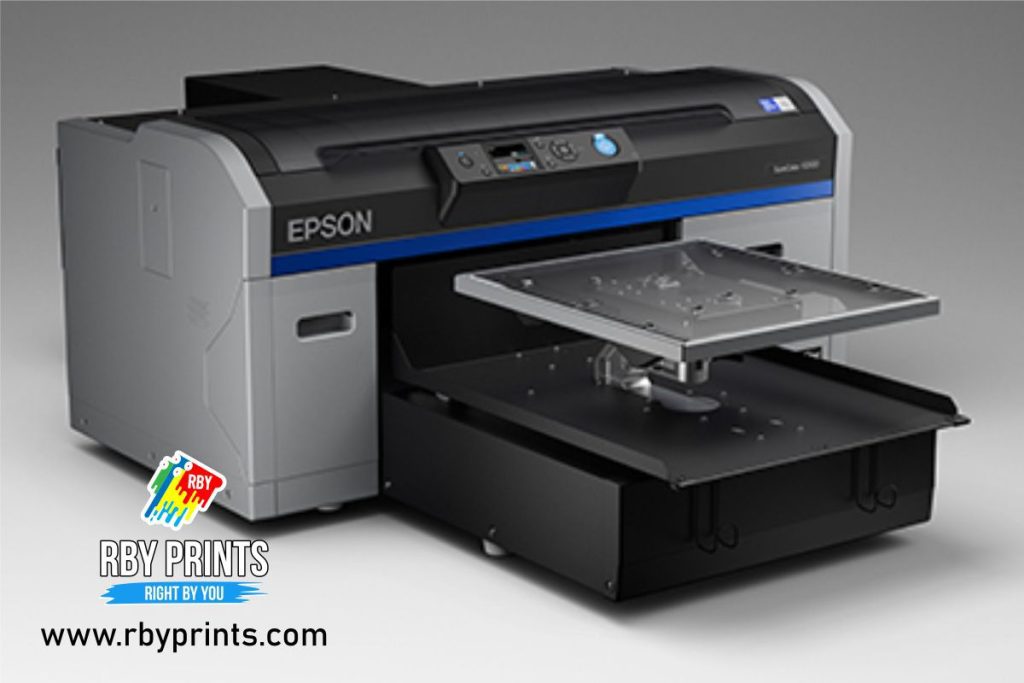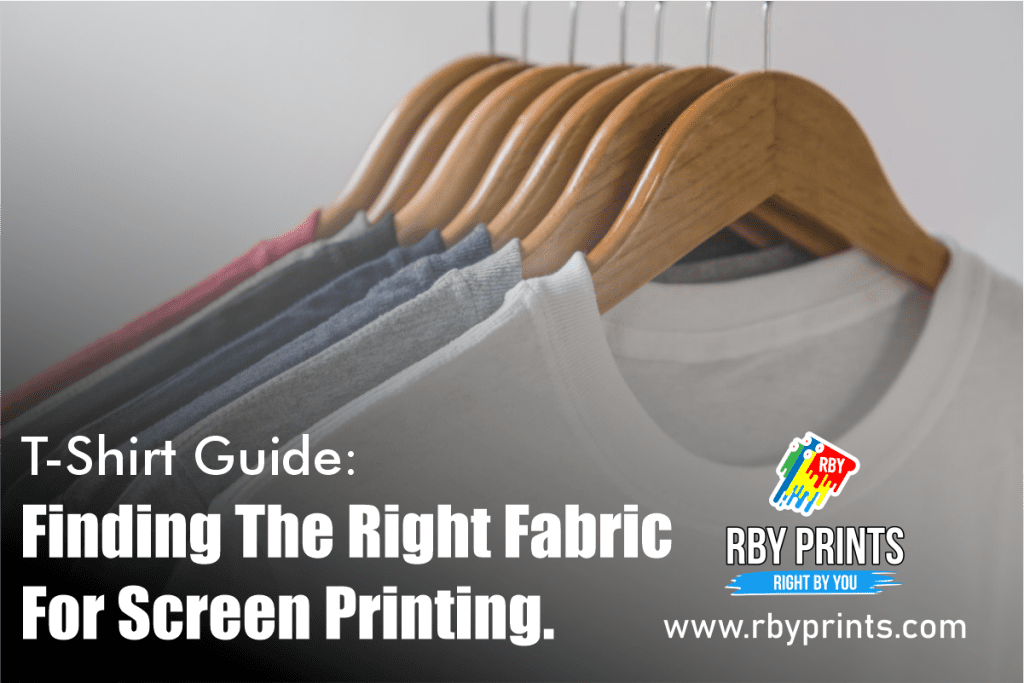In the world of printing, choosing the right type of ink is as critical as selecting the right printer or paper. The type of ink you use can significantly affect the quality, durability, and environmental impact of your prints. Among the most common types of inks used in commercial printing are water-based, solvent-based, and UV inks. Understanding their unique characteristics, advantages, and applications is essential for making informed decisions that align with your business needs and sustainability goals.
Table of Contents
ToggleWater-Based Inks
Water-based inks are formulated with water as the primary solvent, making them an environmentally friendly option. They are widely used in industries that require high-quality and eco-conscious printing solutions, such as packaging, textiles, and paper-based products.
Key Features
- Eco-Friendly: Water-based inks produce minimal volatile organic compounds (VOCs), making them safer for the environment and for those working with them.
- Vibrant Colors: They offer excellent color vibrancy, which makes them ideal for printing on paper and cardboard.
- Limited Substrate Compatibility: While water-based inks are great for porous surfaces like paper, they may not adhere well to non-porous materials such as plastics or metals.
Applications
- Packaging, such as corrugated boxes and paper bags.
- Textile printing, especially for garments.
- Children’s books and other environmentally sensitive print materials.
Advantages
- Environmentally friendly and non-toxic.
- Easy to clean and handle.
- Cost-effective for specific applications.
Challenges
- Longer drying times compared to other inks.
- Limited durability in harsh conditions, such as exposure to water or sunlight.
Solvent-Based Inks
Solvent-based inks use chemical solvents to carry the pigment and resin, offering excellent durability and versatility. These inks are preferred for applications where long-lasting prints are required.
Key Features
- Highly Durable: Resistant to water, UV light, and extreme weather conditions.
- Versatile Substrate Compatibility: Can adhere to a wide range of materials, including plastics, vinyl, and metal.
- Strong Odor and VOCs: The presence of volatile organic compounds can be a downside due to potential health and environmental concerns.
Applications
- Outdoor signage and banners.
- Vehicle wraps and decals.
- Industrial labeling and packaging.
Advantages
- Long-lasting and weatherproof.
- Compatible with a variety of surfaces.
- Suitable for high-volume printing.
Challenges
- Environmental impact due to VOC emissions.
- Requires specialized equipment for handling and printing.
- Needs proper ventilation during use.
Read more: 4 Comprehensive Guides To Choosing The Right Paper For You


UV Inks
UV inks have revolutionized the printing industry with their quick drying process and ability to print on virtually any surface. These inks are cured instantly using ultraviolet light, ensuring superior quality and durability.
Key Features
- Instant Drying: UV curing technology solidifies the ink immediately, reducing downtime and enabling faster production speeds.
- Wide Range of Applications: Compatible with materials ranging from glass and plastic to wood and metal.
- Environmentally Conscious: While not entirely free of VOCs, UV inks produce less waste compared to solvent-based inks.
Applications
- Printing on rigid substrates like glass, wood, and ceramics.
- Flexible packaging, including labels and shrink sleeves.
- High-quality promotional items like phone cases and signage.
Advantages
- Excellent durability and scratch resistance.
- Vibrant, high-quality prints with sharp details.
- Minimal environmental impact compared to solvent-based inks.
Challenges
- High initial investment in UV curing equipment.
- Specialized training required for handling and operation.
- Some concerns over worker exposure to UV light during the curing process.
Comparative Overview
| Ink Type | Drying Time | Durability | Applications | Environmental Impact |
|---|---|---|---|---|
| Water-Based | Slow | Moderate | Packaging, textiles, paper | Low |
| Solvent-Based | Moderate | High | Outdoor signage, labels | High (VOC emissions) |
| UV Inks | Instant | Very High | Rigid and flexible materials | Moderate |
Choosing the Right Ink for Your Business
When selecting the appropriate ink for your printing projects, consider the following factors:
- Substrate Compatibility: Ensure the ink adheres well to the material you’re printing on.
- Environmental Concerns: Water-based inks are ideal for eco-conscious businesses, while UV inks strike a balance between quality and sustainability.
- Durability Requirements: For outdoor or heavy-duty applications, solvent-based or UV inks are better suited.
- Cost and Equipment: Factor in the cost of ink and the equipment required for printing and curing.
Conclusion
The choice between water-based, solvent-based, and UV inks depends on your specific business needs, the materials you’re working with, and your commitment to sustainability. Each type of ink offers unique advantages and challenges, but with the right knowledge, you can select the one that maximizes efficiency, quality, and return on investment for your printing projects. Whether you’re focused on eco-friendly solutions, durability, or versatility, understanding the role of inks is critical to achieving the best results in your printing endeavors.
Request a quote here to place an order with RBY Prints today!




